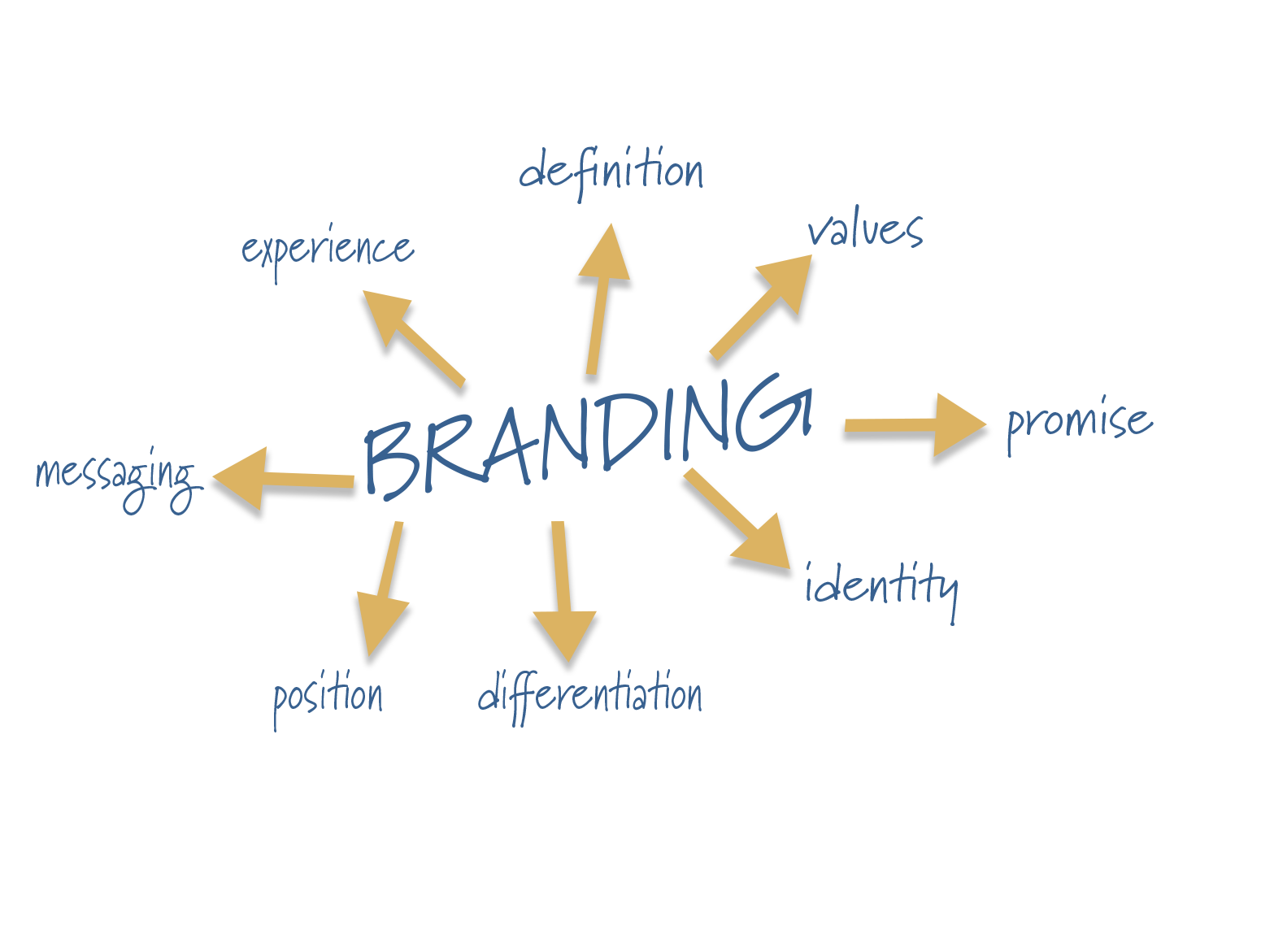
Brand Identity - the who, what, why!
Why do you drive the car you drive? Why do you always wear a certain kind of running shoes? Why do you sport Ray-Bans? Do you have a favorite toothpaste?
There may be many reasons, but the underlying reason is that you prefer Hoka to New Balance and Raisin Bran to Cheerios. You may be unable to articulate why, but something about those Ray-Bans just feels right.
And that, my friend, is BRANDING!
A great brand identity encompasses various elements working together to create a solid, memorable impression of a brand. I've compiled a list of what I consider the ten most important elements. Most consumers don't really think about all of these when they choose your brand, but they all play a role in the selection process.
Ten Keys to a Great Brand Identity:
- Logo: A well-designed logo is the visual centerpiece of your brand identity. It should be unique, recognizable, and communicate your brand's personality and values. There is nothing inherently cool about the Nike swoosh, but it screams athleticism, strength, and winning.
- Color palette: A carefully chosen color palette helps establish a brand's visual identity. You must consistently use the same colors across your brand materials. Try imaging the Harley Davidson logo in green and gold. If you switch colors, your customers may become confused and choose another brand!
- Typography: The selection of appropriate fonts and typography contributes to your brand's overall look and feel. Image a bank using Comic Sans. Consistent typography across different media creates a cohesive and recognizable brand identity. Choose an easily readable typeface and the sanity of graphic designers worldwide; please delete Papyrus font from the universe. Seriously, enough already.
- Imagery and visuals: Consistent use of high-quality imagery, illustrations, or photography can reinforce a brand's personality and evoke desired emotions. These visuals should align with the brand's values and resonate with its target audience. Stock images have their place but use them sparingly.
- Tone of voice: A brand's tone of voice refers to the style, language, and personality reflected in its written communication. It helps shape the brand's identity and how it connects with its audience, whether professional, friendly, humorous, or authoritative.
- Brand messaging: Clear and compelling brand messaging articulates the brand's mission, values, and unique selling propositions. It should be consistent across different platforms and resonate with the target audience, building a cohesive brand identity. Red Bull gives you wings. Not rollerskates.
- Brand guidelines: Brand guidelines provide a set of rules and standards for using the brand identity elements. They include guidelines on logo usage, color codes, typography, image styles, and more, ensuring visual and verbal consistency.
- Brand story: Your brand's story communicates your origins, purpose, and values, creating an emotional connection with customers. A well-crafted brand story adds depth and authenticity to your brand identity, allowing consumers to relate to you on a personal level.
- Packaging and product design: If applicable, packaging and product design play a crucial role in brand identity, especially for physical products. Unique and appealing packaging can leave a lasting impression and differentiate your brand from competitors.
- Brand experience: This is likely the most crucial element. You can do everything right, but if the door greeter is surly or there is a big nasty hair in the food. Well, you get the idea. Every customer interaction contributes to your brand's identity. A consistent and positive brand experience strengthens the overall brand identity.
- Your website—do your links work?
- The user interface—can I click your phone number?
- Customer service—are your delivery drives friendly?
- Your shop or showroom—is the bathroom clean?
- Advertising campaigns—are they funny in the right places?
A great brand identity is not just about these individual elements but how they work together to create a cohesive and memorable representation of the brand. Consistency, authenticity, and alignment with the brand's values and target audience are critical factors in building a strong brand identity.

